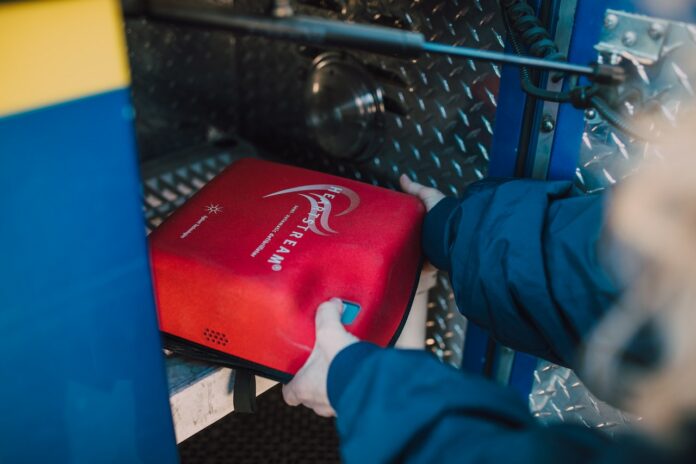If someone suddenly experiences a cardiac arrest, every second counts. The chance of survival decreases by 7-10% with each passing minute that defibrillation is delayed.
That’s why having heartsine defibrillators on hand is crucial, as it can quickly and effectively restore a normal heart rhythm and save a life. This blog post discusses the importance of defibrillators and how they can help prevent unnecessary deaths.
What is a defibrillator?
A defibrillator, also known as an Automated External Defibrillator (AED), is a medical device that delivers an electric shock to the heart in an effort to restore its normal rhythm during cardiac arrest. These devices are designed to be used by anyone, even without medical training. They analyse the heart’s rhythm and determine if a shock is needed. If so, the device delivers a shock that can help to restore a normal heartbeat.
Why is a defibrillator vital?
Cardiac arrest is a leading cause of death in the United States, and it can happen to anyone, anywhere, at any time. In fact, according to the American Heart Association, over 350,000 out-of-hospital cardiac arrests occur each year. Having this device can help save lives and significantly increase the chances of survival.
Immediate treatment with this device is critical, as the chances of survival decrease rapidly with each passing minute. Studies show that the likelihood of surviving a cardiac arrest reduces by 10% for every minute that passes without defibrillation.
After just ten minutes, the chances of survival are less than 5%. That’s why it’s crucial to have defibrillators readily available in public places, including schools, airports, malls, and other high-traffic areas.
How do defibrillators work?
Defibrillators are designed to be simple and easy to use. When someone experiences a cardiac arrest, a bystander can quickly retrieve the device, turn it on, and follow the voice prompts provided by the device. The device will analyse the heart rhythm and determine if a shock is needed. The defibrillator will deliver an electric shock to the heart through adhesive electrode pads placed on the chest. However, you should invest in a reliable brand like heartsine defibrillators.
The electric shock can help to restore a normal heart rhythm and prevent further damage to the heart. It’s important to note that these devices will not shock a patient who doesn’t need them, so it’s safe to use even if you’re unsure if the person is experiencing a cardiac arrest.
Who should have access?
Defibrillators should be readily available in public places, workplaces, schools, and other areas where people congregate. Many states have laws requiring certain buildings and facilities to have the device on hand.
It’s also vital for individuals at high risk for cardiac arrest to have access to defibrillators, including those with a history of heart disease, those with a family history of cardiac arrest, and those with other risk factors such as smoking, obesity, and high blood pressure.
Wrapping up
A defibrillator is safe to use and is designed to be used by anyone, even if they have no medical training. The device will analyse the heart rhythm and determine if a shock is needed. If a shock is required, the defibrillator will deliver an electric shock to the heart through adhesive electrode pads placed on the chest. The device will not shock a patient who doesn’t need it, so it’s safe to use even if you’re unsure if the person is experiencing a cardiac arrest.

